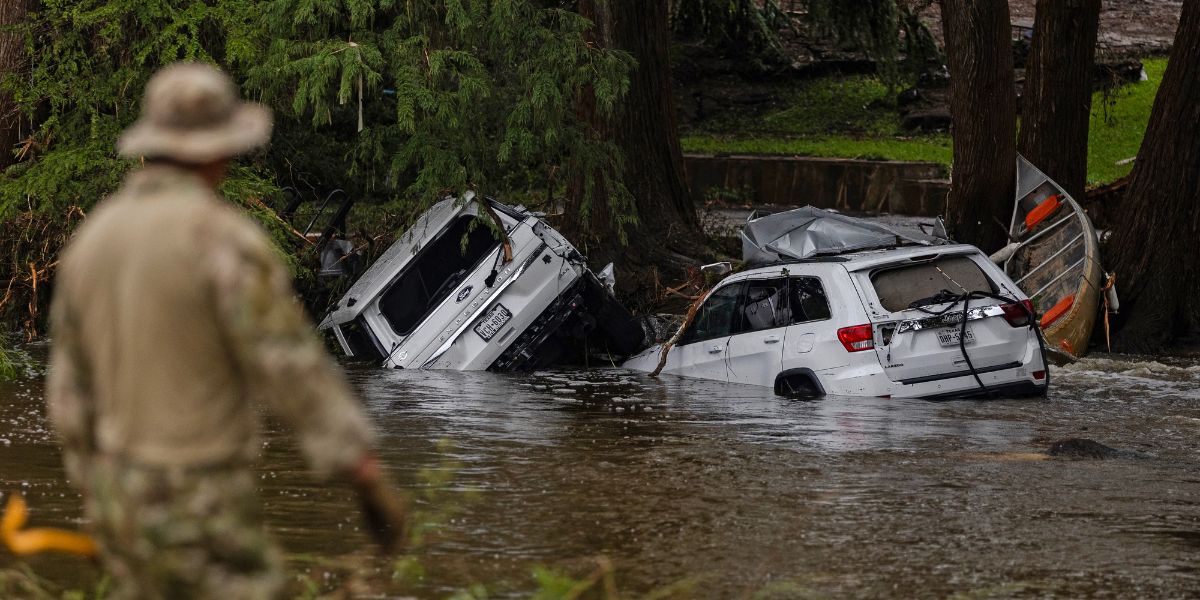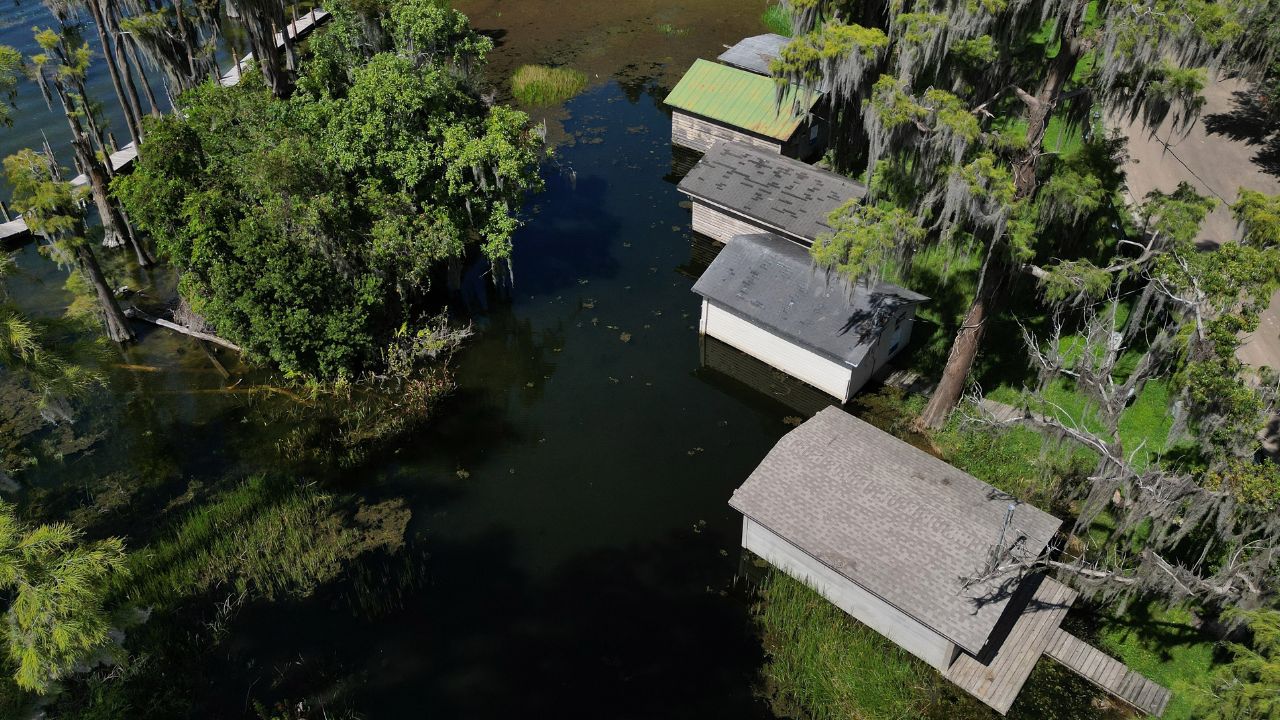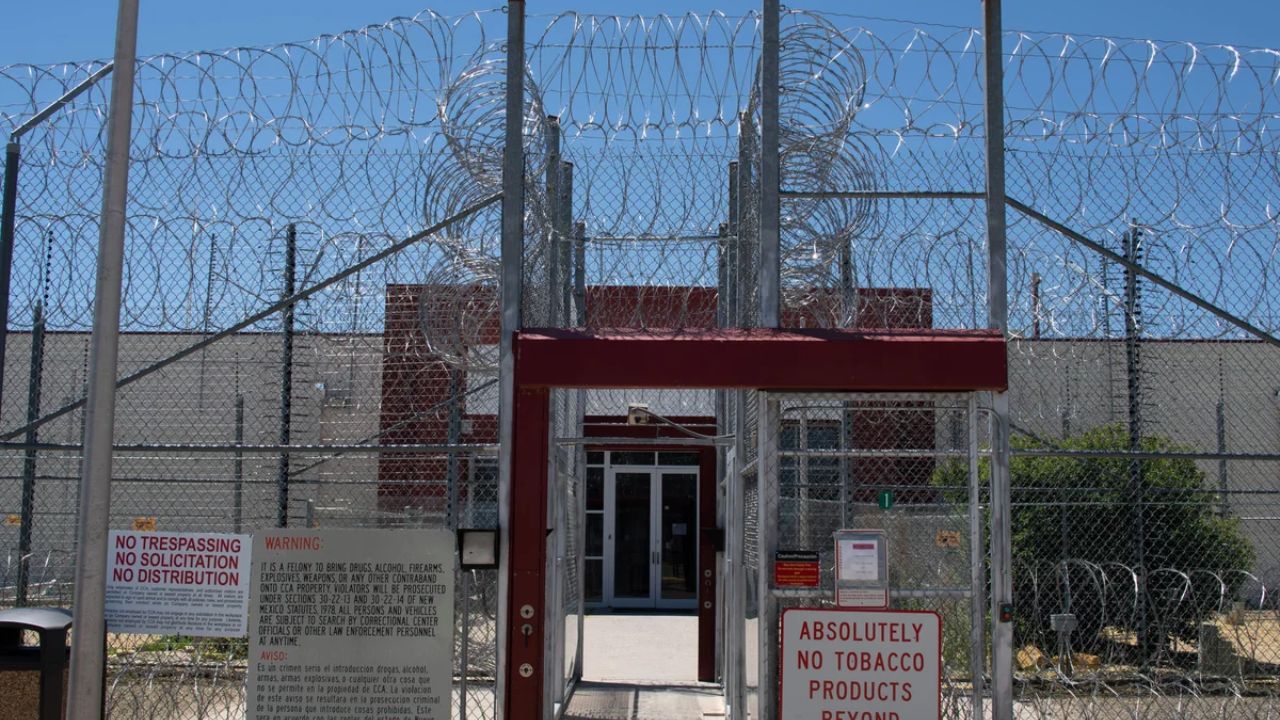According to data from Iowa State University, the United States has issued more than 3,000 flash flood warnings so far this year, the most ever.
The Iowa Environmental Mesonet, which gathers and monitors data on precipitation, soil temperature, and other environmental variables, has calculated that 3,040 alerts were issued by the National Weather Service between January 1 and July 15. More than in any previous year since 1986, when the current alert system was implemented, within the same time frame.
According to scientists, the new record foretells a wetter and rainier future, most likely due to climate change. According to studies, a warming globe is predicted to see an increase in the frequency of heavy rainfall and severe storms.
When unexpected and dangerous flooding is about to happen or is already happening, the National Weather Service issues a flash flood warning.
Floods and heavy rainfall have been hallmarks of this summer in particular. Major flooding disasters have occurred in several states in recent weeks, including Texas, New Mexico, North Carolina, Illinois, New York, and New Jersey. In less than a week earlier this month, the nation experienced at least four rainfall occurrences that occur once per 1,000 years.
At least nine people were killed by flash floods in West Virginia in June after portions of Ohio County received 2.5 to 4 inches of rain in only 30 minutes.
In early July, severe rains caused the Guadalupe River in Kerrville to rise more than 20 feet in 90 minutes, killing at least 120 people in the Hill Country region of central Texas.
Devastating flash floods in the isolated New Mexico hamlet of Ruidoso killed at least three individuals a few days later.
Additionally, New York City Emergency Management reports that earlier this week, nearly two inches of rain poured in an hour over Central Park in New York City, making it the second-highest one-hour rainfall total ever recorded in the Big Apple.
Read Also: Widespread Severe Weather Expected Saturday, Including in Chicago and Detroit
Russ Schumacher, the state climatologist and director of Colorado State University’s Colorado Climate Centre, attributed the recent surge in flash floods in part to the fact that summers are often among the stormiest times of the year.
He said that the Atlantic hurricane season, which runs from June 1 to November 30, can bring rain to the Atlantic and Gulf coasts. “June through October is when you can get really heavy rainfall in parts of the country,” he said.
However, research indicates that climate change is predicted to increase the frequency and intensity of storms, raising the possibility of flooding and severe rainfall.
According to Schumacher, “A warmer atmosphere has more water vapor in it that can then be rained out. The evidence for that is quite strong.”
Read Also: Tracking Scattered Storms, Dangerous Heat Expected Next Week
However, scientists can now detect and track weather systems more precisely, which is part of the reason why more warnings are being sent than ever before.
According to Amir AghaKouchak, head of the Centre for Hydrometeorology and Remote Sensing at the University of California, Irvine, the amount of warnings issued during extreme weather events is a result of the major advancements made in radar systems and weather models over the past 40 years.
“The system that was implemented back in the ‘80s is not the same as the system that we have now,” he stated. “We have many, many more radars, and we have many different sources of data. So naturally you expect more warnings just because our systems are getting better and better.”
In addition to saving lives, these warnings are vital for safeguarding infrastructure that is susceptible to flooding, like levees, dams, and drainage systems, according to AghaKouchak.
He stated, “It’s all a reminder that these events can be major catastrophes. The Texas flood was a huge disaster, and so we always have to be prepared.”








